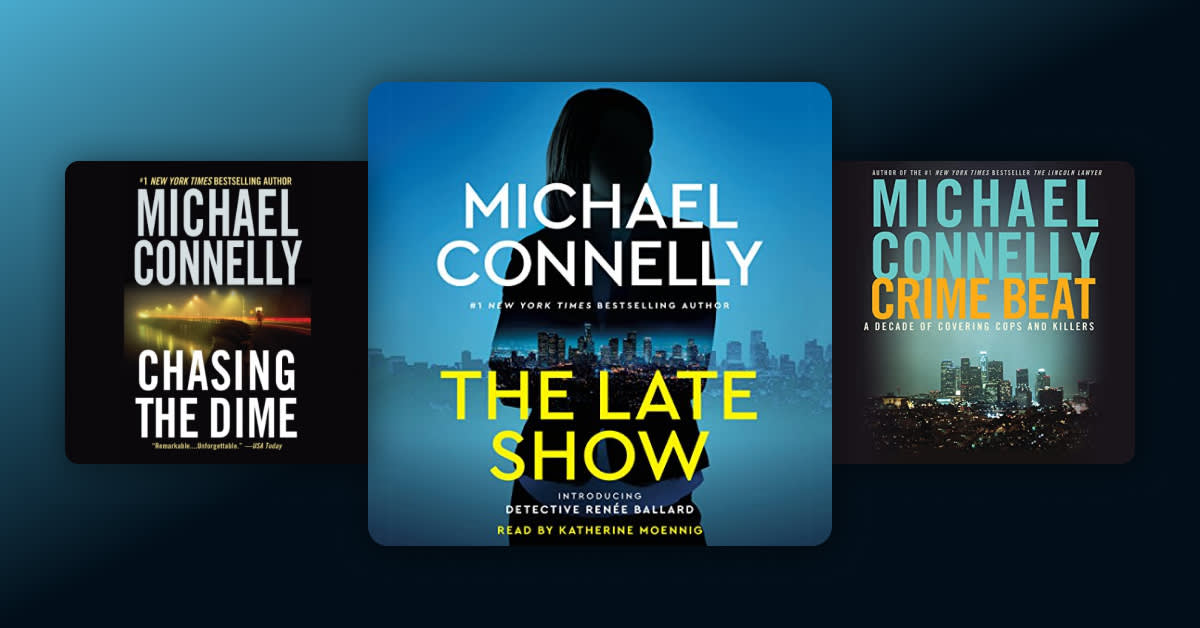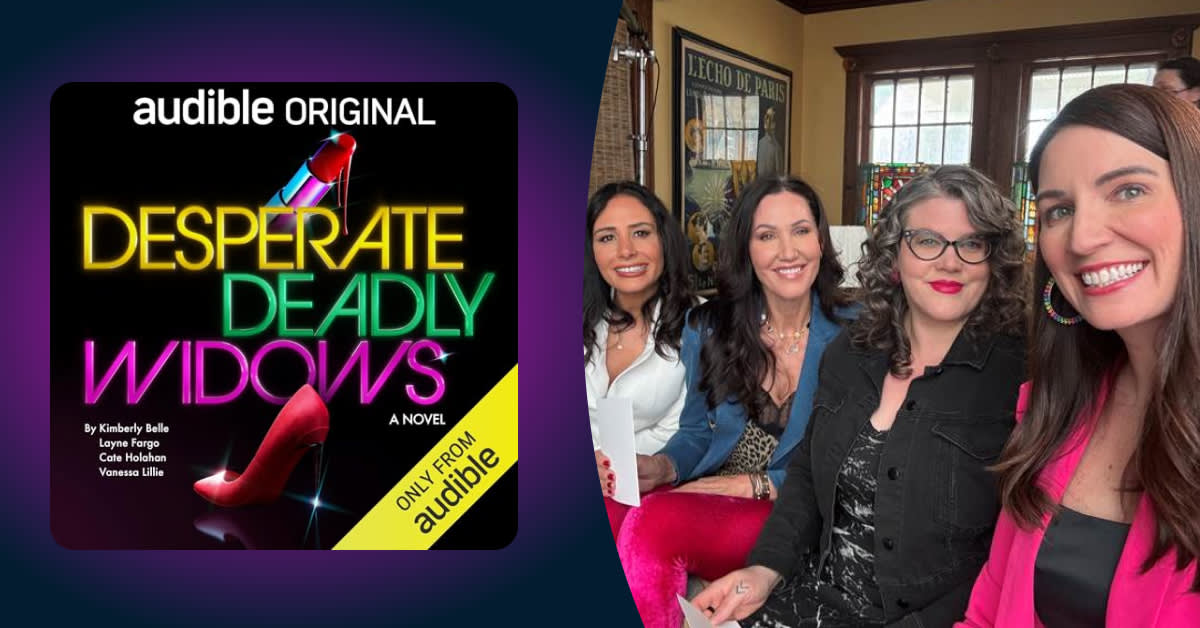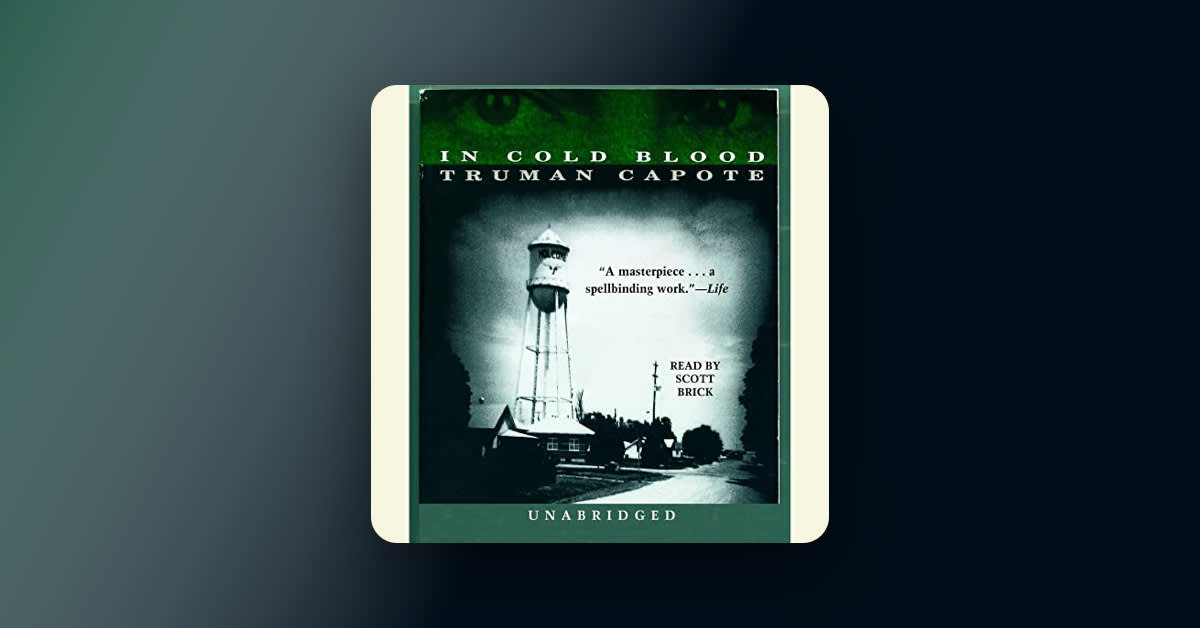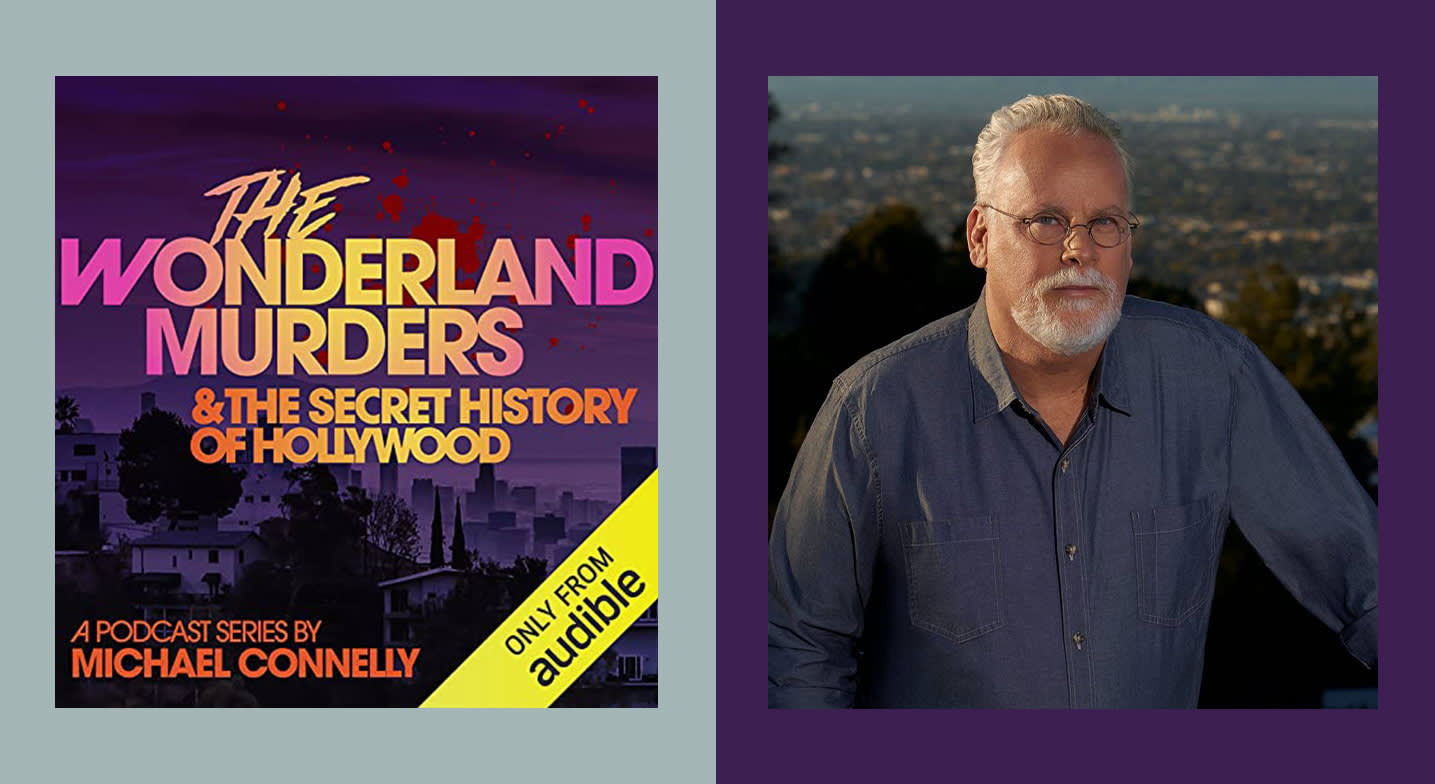When Michael Connelly's The Safe Man was first published, no one really knew who wrote it. It wasn’t the kind of work Connelly was known for: The location was different from his usual California, and there was no detective involved. Interestingly, the story was based on a truth in his life and a concern he had about a particular safe—one in his own home. Now, The Safe Man has been reimagined as an immersive multicast production starring Jack Quaid (The Boys) and Titus Welliver (Bosch) in a riveting Audible Original that's part heist thriller, part supernatural mystery. We had to know more.
Yvonne Durant: Is the character in The Safe Man based on an experience you had with a safe, vault, or an actual safe cracker?
Michael Connelly: Yes, to a certain degree. About 25 years ago I moved into a very old house on an island made from the dredging of a shipping canal in Tampa, Florida. The house had been built in 1928, which in Florida is quite old. It had a safe built into the wooden flooring in the entryway, and like the writer Paul Robinette in The Safe Man, I became concerned that having a safe might give bad people bad ideas. As Robinette considers in The Safe Man, I was thinking in terms of In Cold Blood. The safe was locked and there was no known combination. So we had it opened by a safe man and found it to be empty. We kept it unlocked and that was where my imagination took over and the ghost story begins.
I learned that one of the best safe crackers, Jeff Sitar, lived in Clifton, New Jersey; did you know about him? Was he your inspiration for Brian Holloway?
No, I don’t know about him. The safe cracking in the story is largely drawn from internet research and imagination. I definitely didn’t want the story to be a primer on how to crack a safe.
You first published The Safe Man under another name. Why?
It was actually published anonymously with no name attached to it. It was in a collection of short stories where the writers who contributed were asked to write in a genre or subject matter they were not known for. The book was published with the writers listed but not by story. The reader had to guess who wrote what. Since I wrote detective novels set in California, I decided to write a ghost story set in Tampa.
I enjoyed listening to the new audio dramatization of The Safe Man, from the sound design to the multicast performance. What was exciting to you about this new direction for the story?
From the writing standpoint, it was fun and fulfilling to expand the story and take it further in terms of geography but also its contemplation about fate and where we come from and where we go when we pass. Those are bigger mysteries than I usually tackle in my crime novels. As far as the production goes, any time you see a story written take to a new dimension of delivery, it is exciting. The performances and sound design are fantastic and all credit goes to our directors and producers for breathing life into something that starts as just words on a page.
My favorite question for writers: How many times was your first manuscript rejected and how did you handle it?
In my case, the hardest part was getting an agent. So I got many rejections before an agent finally said, "I want to represent you." What was ironic was that he was the first name on my list but he took so long in getting back to me that in the meantime I had been rejected by several other agents further down my list. So that turned out well. He then sold it to the third publisher he showed it to, so once again I got very lucky. Thirty-plus years later, my agent has passed on, but I am still with the same publisher.





